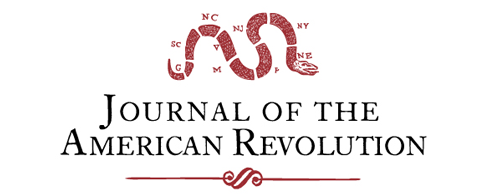Timothy Matlack, Scribe of the Declaration of Independence
The scribe of the Declaration of Independence—and perhaps the first man to read it in public—was born on March 28, 1736 in Haddonfield, New Jersey. His family moved to Philadelphia eight years later. At the age of thirteen, Timothy Matlack began an apprenticeship under a prosperous Quaker merchant named John Reynell. Looking forward to a […]
